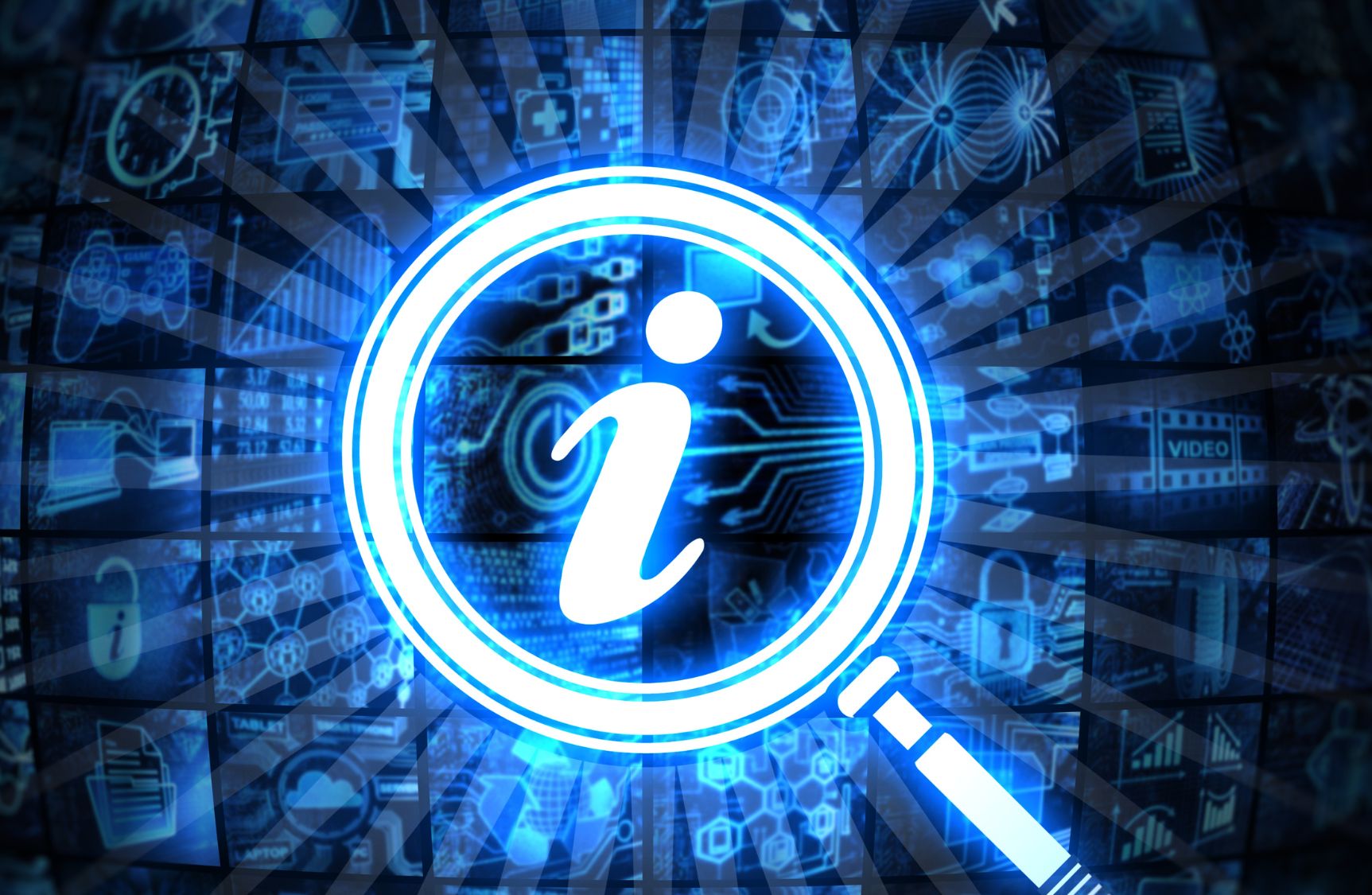Information governance is the foundation of modern organizations. However, effectively using and protecting it requires an understanding of two key concepts that are often confused: Information Governance (IG) and Information Security (InfoSec). While the two areas are related, they serve different functions in a data management strategy. This article will help you understand what these differences are and why interoperability between the two approaches is essential today.
Key findings
Information Governance focuses on policies and information lifecycle management for compliance and business value. Information Security focuses on protecting data from threats and breaches. The two areas must work together to ensure organizations are compliant, resilient and secure. Supported by Gimmal solutions, information management can be integrated with information security, avoiding gaps and chaos.
Table of Contents:
-
What is Information Governance?
-
What is Information Security?
-
Key differences between IG and InfoSec
-
Why do they need to cooperate?
-
How to create an integrated approach?
-
Summary
What is Information Governance?
Information Governance is a framework, processes and policies that enable responsible information management. It aims not only to comply with regulations, but also to maximize the value of data, improve efficiency and mitigate risk.
IG includes:
-
compliance with industry regulations and internal policies,
-
Managing the lifecycle of data from its creation to its secure deletion,
-
Optimizing access to and use of information in the organization,
-
Increasing the informational value of data for decision-making.
It’s a holistic approach – it applies to digital documents, e-mails, as well as data from multimedia systems.
What is Information Security?
Information Security, or InfoSec for short, focuses on protecting data from external and internal threats. Its goal is to ensure the confidentiality, integrity and availability of information.
InfoSec’s primary tasks are:
-
securing data from unauthorized access (confidentiality),
-
Protection against unauthorized modification (integrity),
-
Maintaining the availability of information and systems,
-
Incident response and neutralization,
-
Implementing technical measures – encryption, access control, firewalls.
This is a typically technical area, usually managed by IT and security departments.
Key differences between IG and InfoSec
Scope:
IG manages information throughout its lifecycle, regardless of format. InfoSec protects data from technical threats.
Purpose:
IG is strategic approach – creates rules. InfoSec is execution – protects data according to rules.
Departments involved:
IG requires cooperation of multiple departments (legal, compliance, IT, operations), InfoSec is a technical domain.
Data approach:
IG focuses on value and responsible storage. InfoSec – on security and availability.
Why do they need to cooperate?
The two areas complement each other. IG sets the rules, InfoSec enforces them. Without IG, security can be inconsistent or incompatible with regulations. Without InfoSec, IG rules have no real protection.
Examples of cooperation:
-
Retention policies: IG determines how long to keep data, InfoSec protects it during that time.
-
Data classification: IG determines which data is sensitive, InfoSec applies appropriate safeguards.
-
Incident response: IG provides procedures, InfoSec puts them into practice.
How to create an integrated approach?
-
Assign responsibility: IG is an interdepartmental task, InfoSec is an IT task.
-
Establish common policies: for example, retention policies integrated with encryption and access control.
-
Choose the right tools: Solutions like Gimmal enable consistent control of information and its protection.
-
Train staff: even the best systems will fail if users are not aware of the rules.
-
Monitor and improve: Regular audits allow you to respond to changes in regulations and technology.
Summary
Information Governance and Information Security are the two pillars of responsible information management. The first builds structure, the second protects it. Only the combination of these approaches gives an organization full control, regulatory compliance and security. With solutions such as Gimmal, it is possible to build a fused information strategy that serves growth rather than becoming a threat.



